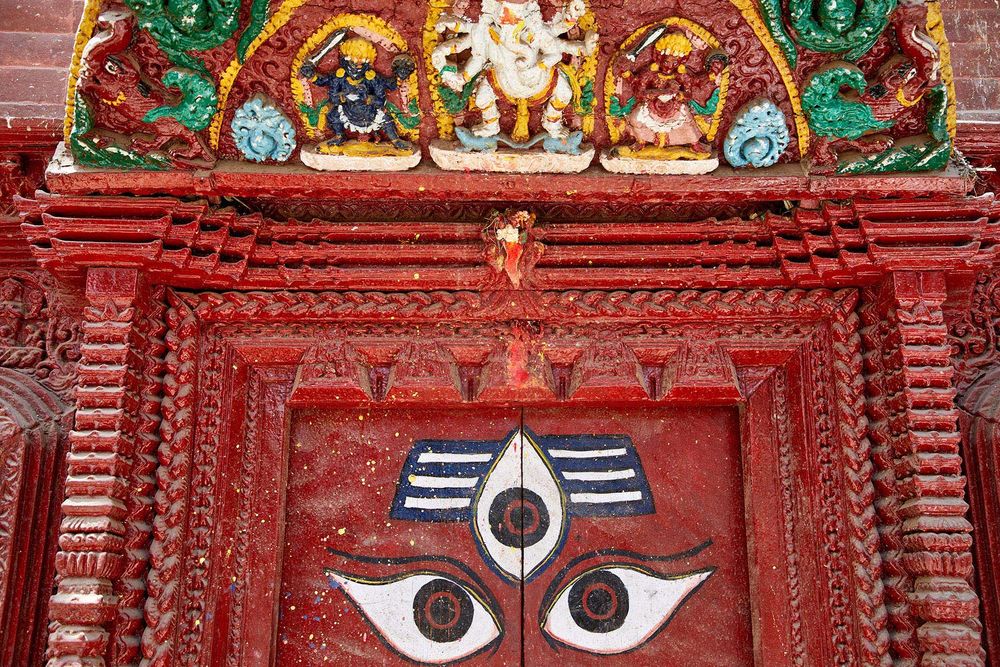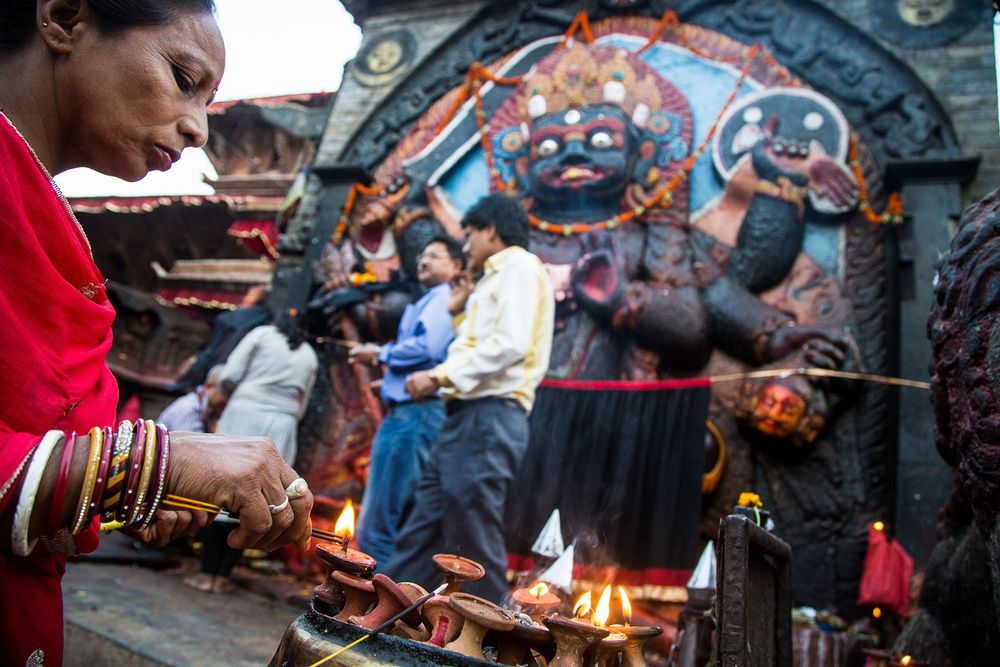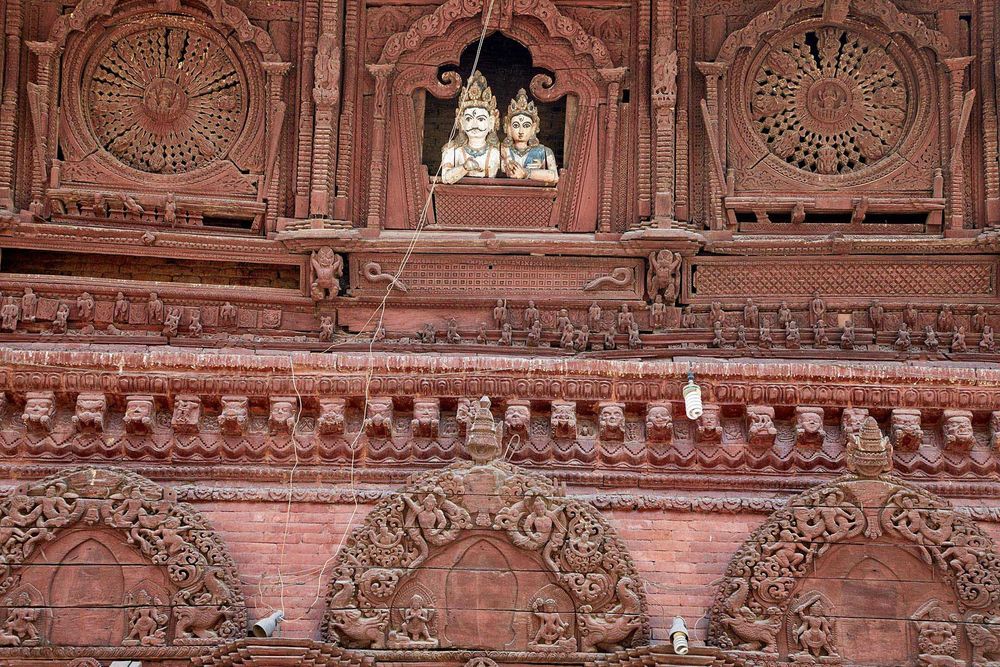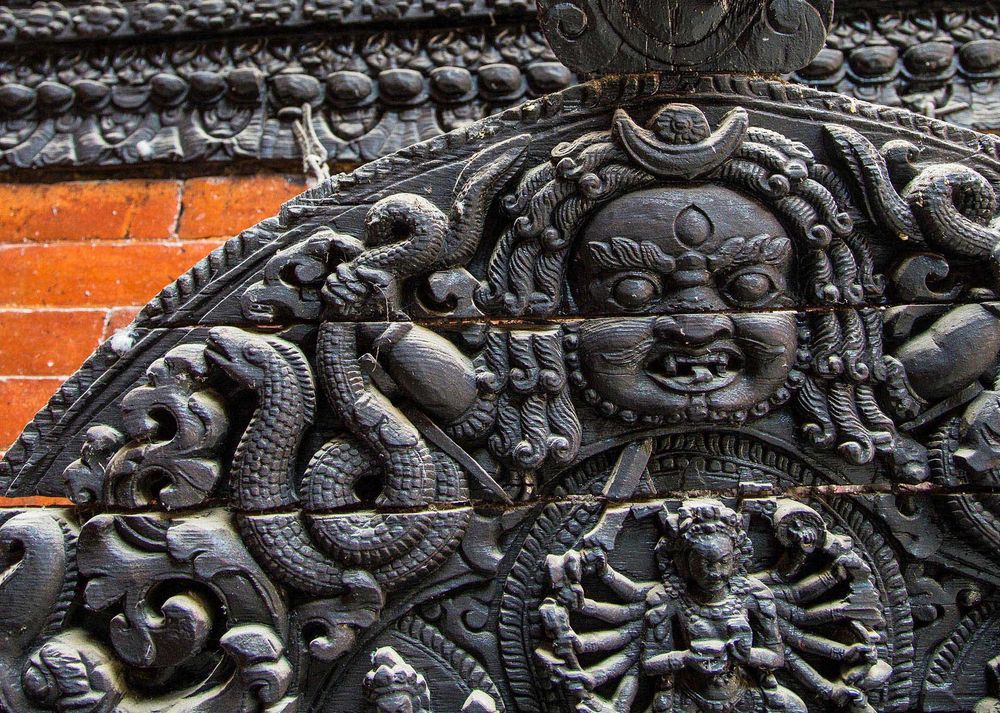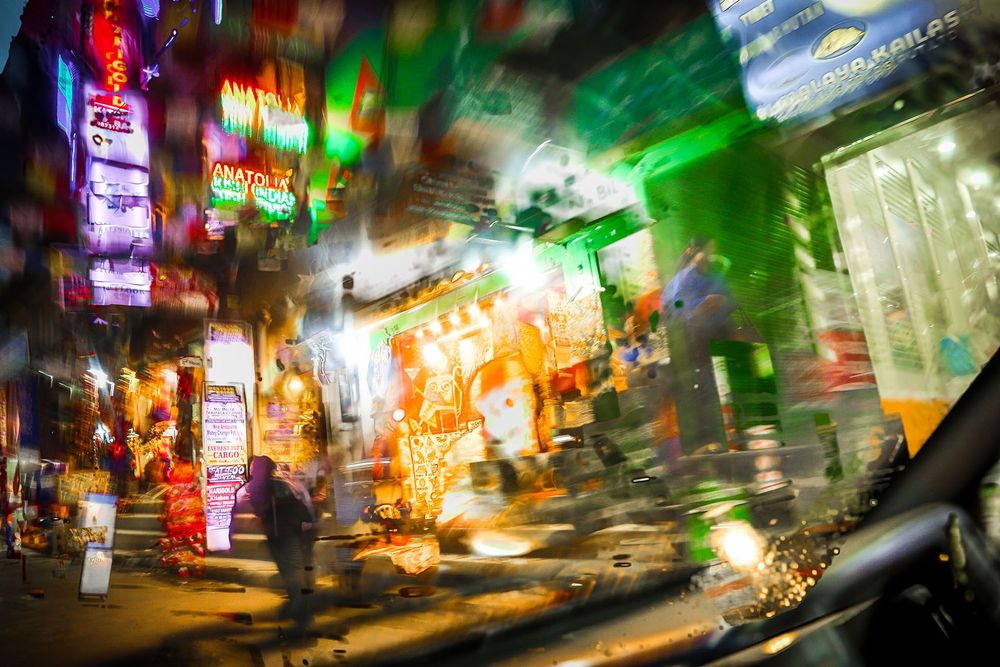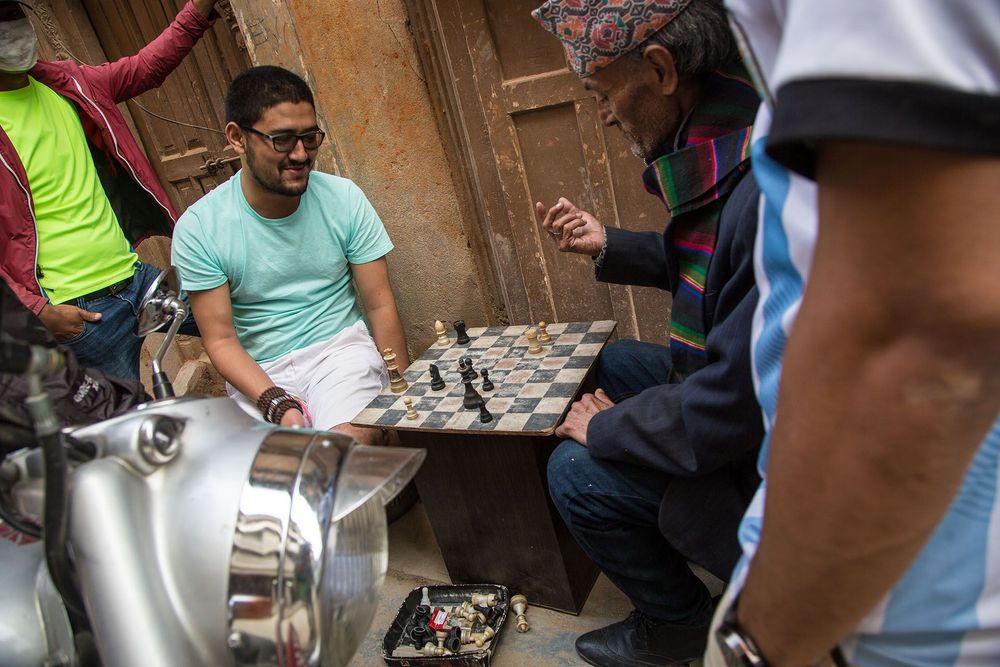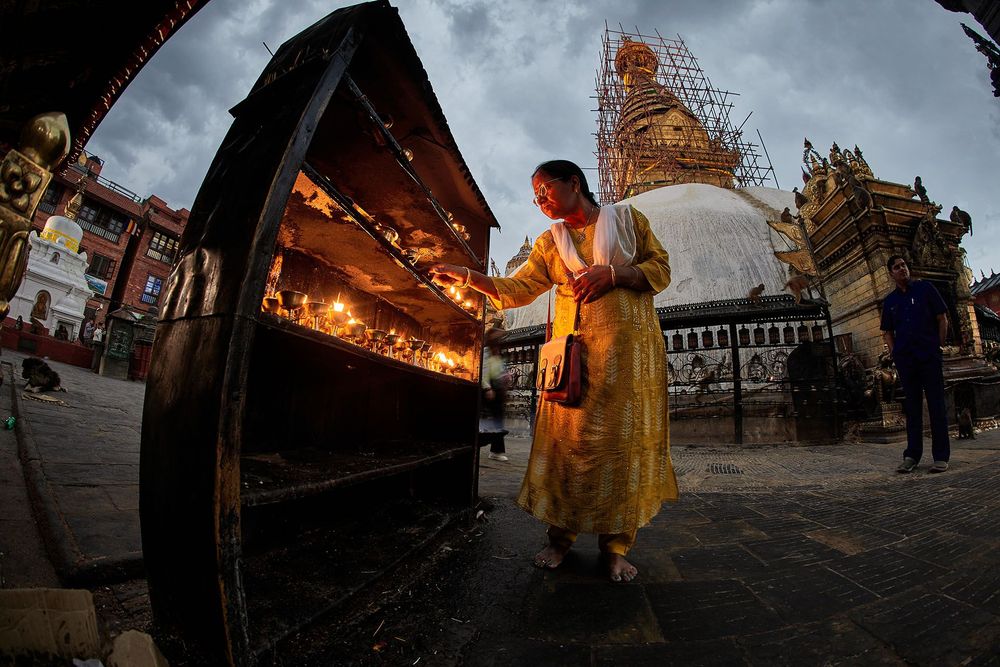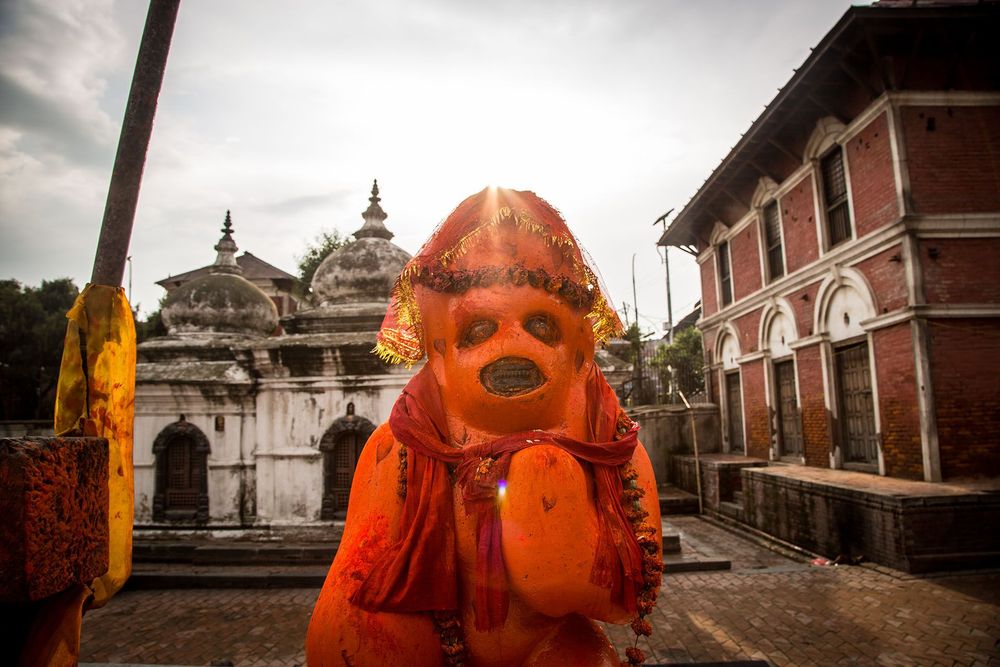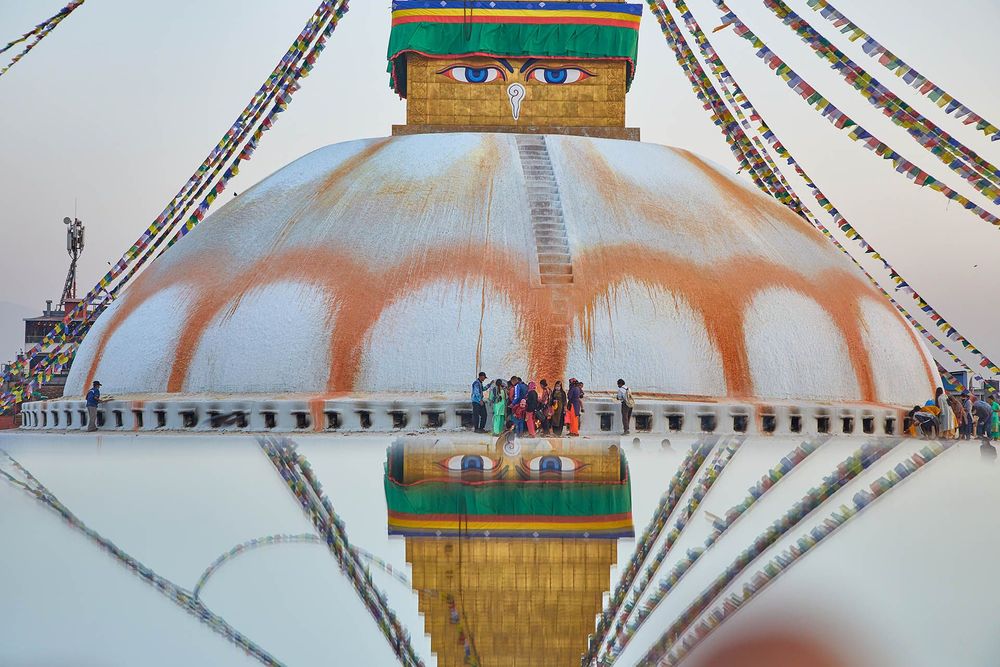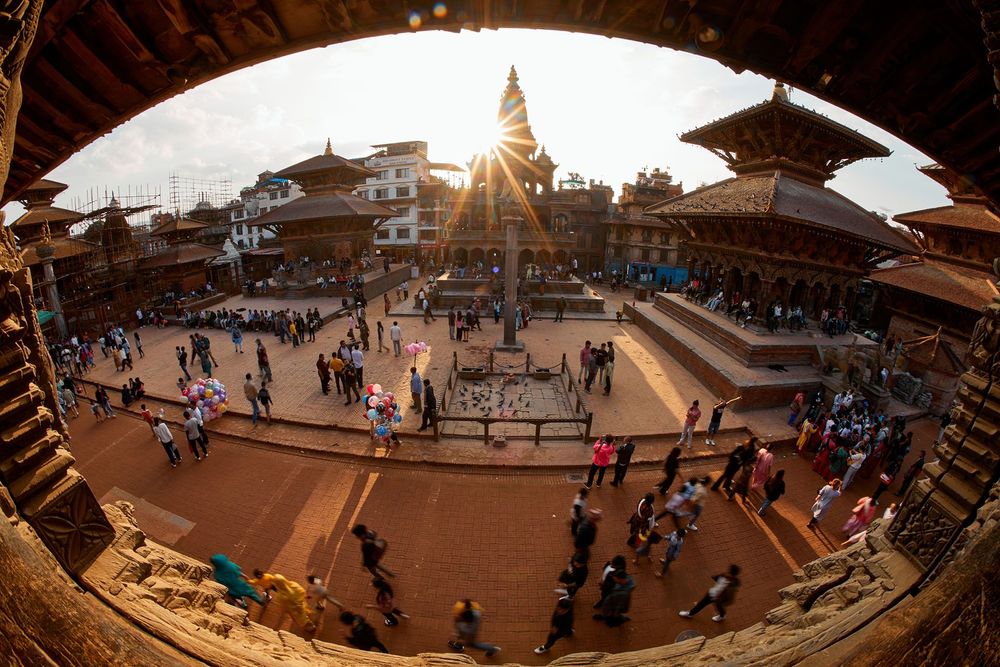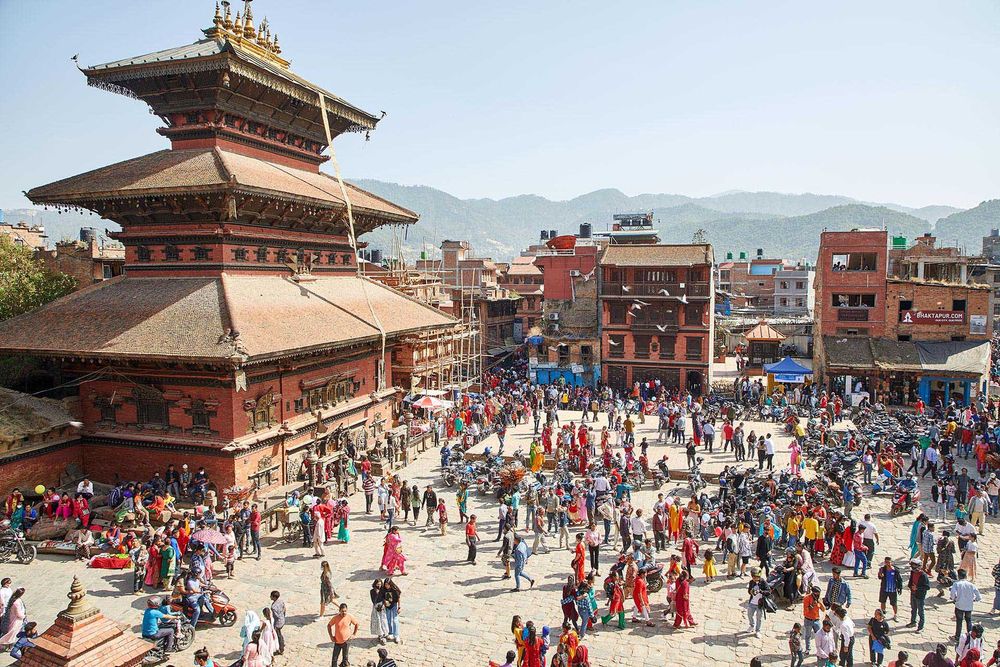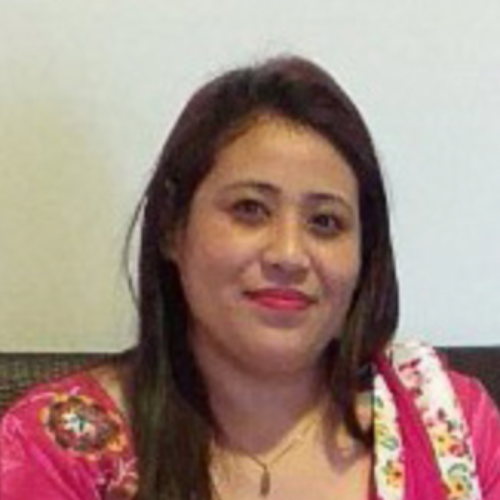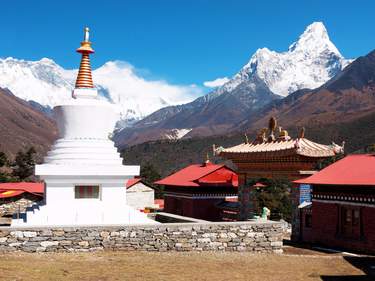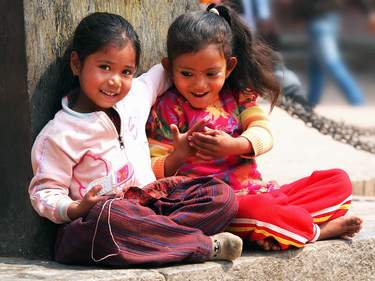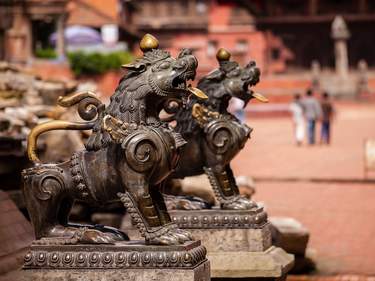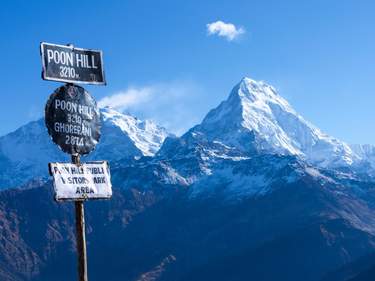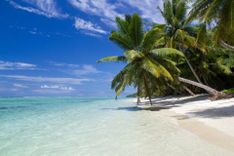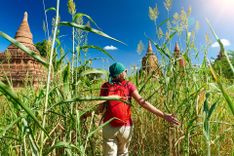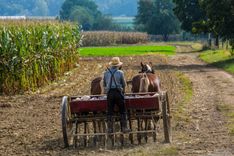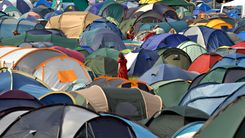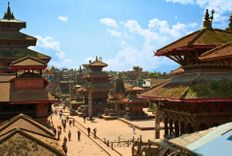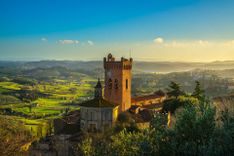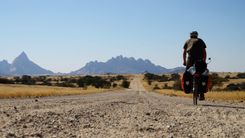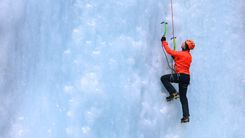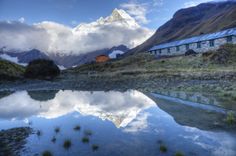The city of Patan
The Kathmandu Valley contains both the city of Kathmandu as well as two other cities and numerous small towns and villages. Not long ago these were all distinct from Kathmandu itself but today much of the valley has become one continuous urban sprawl.
Of the valley's two other cities, the most important and, in our opinion, most beautiful, is Patan. It’s just to the south of Kathmandu proper.
Like Kathmandu, the centre of Patan is the Durbar Square. However, unlike Kathmandu’s Durbar Square, this one received only light damage during the 2015 earthquake. There are numerous palaces and temples in and around the square.
The main building is the former royal palace which today houses the best museum in Nepal. In the cool evening, Patan’s Durbar Square fills with locals who sit on temple steps eating ice cream and catching up on the day's news.
